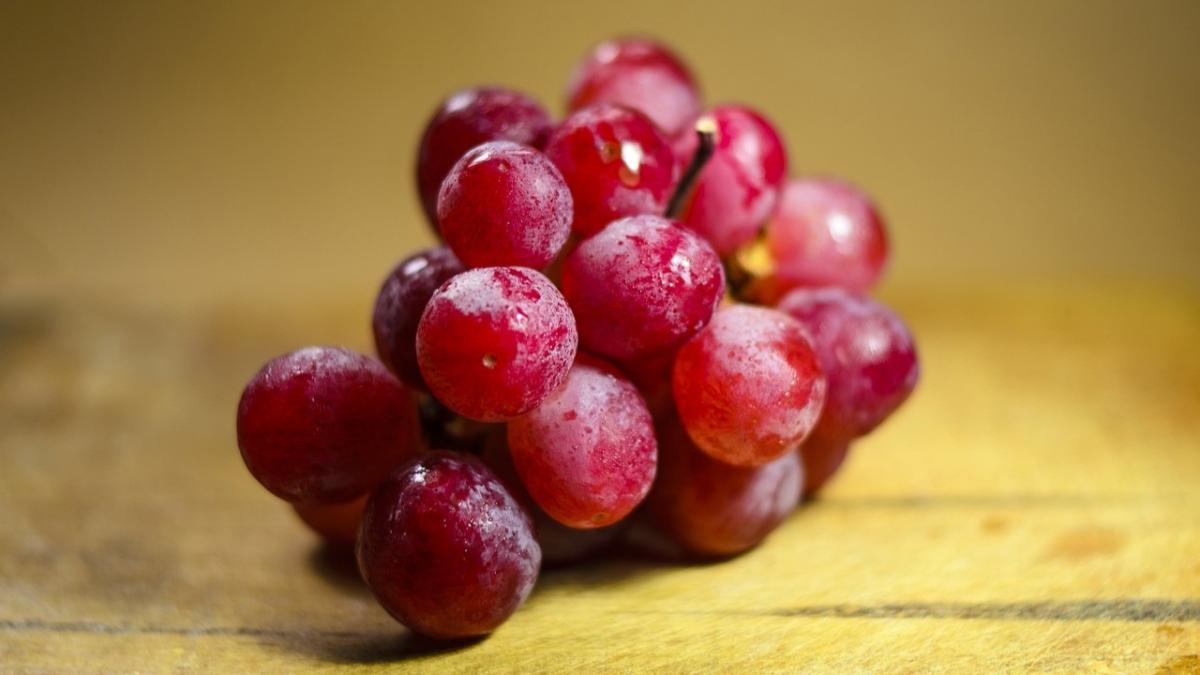You are here
Back to topAustralia Anticipates Record-Breaking Table Grape Production in 2023/24

According to the Australia: Fresh Deciduous Fruit Annual report recently released by the U.S. Department of Agriculture’s Foreign Agricultural Service, table grape production in Australia for the 2023/24 season (from October to September) is projected to hit a record-breaking 220,000 metric tons on account of favorable growing conditions. This higher output in conjunction with an increase in quality is anticipated to propel exports for the upcoming season to 140,000 metric tons, which would be the third-highest export volume on record.
The dry conditions seen so far in early spring coupled with anticipated drier-than-usual weather in late spring and throughout the summer, alongside good availability of irrigation water, are expected to provide growers with better control over their vines and reduce the risk of diseases. These favorable conditions lay the foundation for the record output forecast in the 2023/24 season, which would surpass the 214,700 metric tons achieved in the 2019/20 season.
The optimal growing conditions should boost not only grape quantity but also their quality. The projected export volume for table grapes in the 2023/24 season is 140,000 metric tons, representing a 7% increase from the estimated 131,200 metric tons for the 2022/23 season. If realized, this would mark the third-highest export volume in history, with only the export volumes for the two years preceding the onset of the COVID-19 pandemic surpassing the forecast for the 2023/24 season.
Australian table grapes are predominantly exported to Asian markets. Over the last decade, exports have surged from 29,900 metric tons in the 2010/11 season to a peak of 152,500 metric tons in the 2019/20 season. However, because of labor shortages due to the pandemic and unusually rainy spring seasons negatively affecting both production and fruit quality, the availability of high-quality table grapes dwindled, resulting in lower exports. These adverse factors persisted into the 2022/23 season but had a much smaller impact, leading to a rebound in export volumes.
Over the years, China has consistently been the top export destination for Australian table grapes, typically accounting for more than one-third of the total export volume. Other major Asian markets include Indonesia, Vietnam, the Philippines, Thailand, Japan and Hong Kong. Collectively, these Asian markets have received 80–85% of Australia’s total table grape exports.
In turn, approximately one-quarter of China’s table grape imports originate from Australia, with Chile and Peru being the other two major suppliers. Together, these three countries account for over 90% of China’s imported table grapes. A significant advantage for Australian exporters lies in the shorter transportation time of 18–20 days to reach China, compared with approximately 35 days from South American countries. In addition, Australian table grape growers have been expanding their cultivation areas in recent years, focusing on new proprietary varieties that are popular among consumers in the export markets, with China being a primary target. The preferences of Chinese consumers are shifting from seeded varieties such as Red Globe to seedless ones. Moreover, there is an increasing willingness to explore new varieties and flavors.
With respect to transportation, advances in logistics and the temperature monitoring of refrigerated shipments over the past decade have caused the proportion of exports sent by sea to increase from 83% to 95%. Meanwhile, only limited quantities of early-season table grapes are exported by air, specifically to cater to high-end markets.
Image: Pixabay
This article was translated from Chinese. Read the original article.













Add new comment